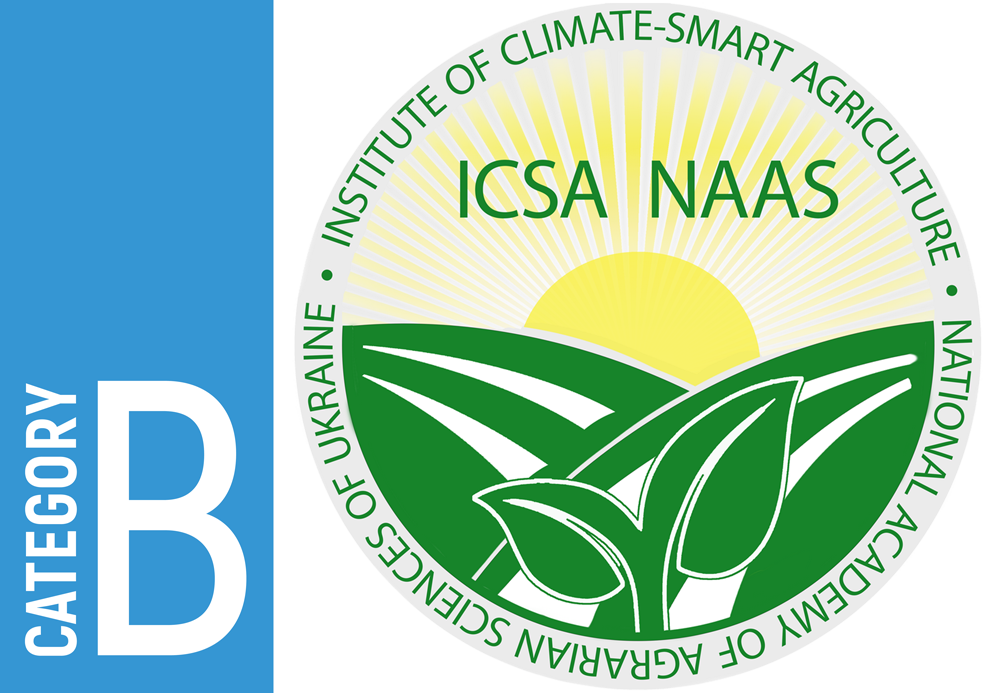The peer review procedure is performed in the following stages:
1. The author submits an article that meets the journal’s requirements to the editorial board. Manuscripts that do not meet accepted requirements are not allowed for further consideration, the authors are informed about it.
2. All manuscripts, submitted to the editorial board, are forwarded to one reviewer, in accordance with his research profile or if it is necessary to two reviewers.
3. Reviewers may be as members of the editorial board of the scientific journal, as well as external highly skilled specialists who have profound professional knowledge and experience in the specific field of study.
4. After getting the article for reviewing (within 4 days), the reviewer concludes that the article can be printed. The review periods may vary taking into account the creation of conditions for the most objective evaluation of the materials quality.
5. The review is conducted confidentially in accordance with the principles of double-blind review (when neither the author nor the reviewer knows about each other). The interaction between the author and the reviewers is executed by virtue of correspondence via e-mail due to the responsible secretary of the journal.
6. The editorial board informs the author of the review results by e-mail.
7. If the reviewer indicates the need to make certain adjustments to the article, the article is sent to the author with a proposal to take into account the remarks.
8. In case of inconsistency with the reviewer opinion, the author of the article has the right to provide a reasoned response to the editorial board of the journal. The editorial board reserves the rights to reject articles in case of incapacity or unwillingness of the author to take into account the wishes and comments of reviewers.
9. At the request of the reviewer, the editorial board may submit the article to another reviewer with obligatory observance of the principles of double-blind review.
10. The article approved for publishing is subjected to proofreading. Inconspicuous corrections of the stylistic or formal nature that do not affect the content of the article are made by the editor without the consent of the author.
11. The author of the article is responsible for the violation of copyright and non-compliance with existing standards in the materials of the article.










